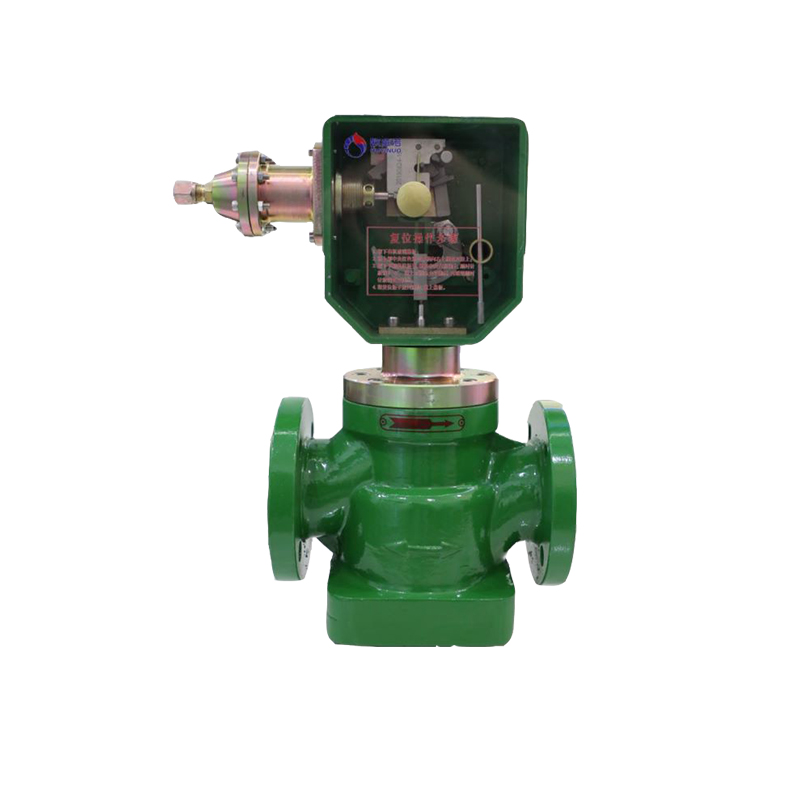
Dec . 10, 2024 00:30
Back to list
Natural Gas Valve Solutions for Efficient Energy Management and Safety Applications
Understanding Natural Gas Regulators An Overview
Natural gas is a versatile and widely used energy source that powers homes, industries, and vehicles. At the heart of its delivery system lies an essential component known as the natural gas regulator. This device plays a pivotal role in ensuring that natural gas is delivered safely and efficiently to end-users, making it a crucial aspect of natural gas infrastructure.
What is a Natural Gas Regulator?
A natural gas regulator is a mechanical device designed to control the pressure of natural gas as it flows from pipelines into homes and businesses. Its primary function is to reduce the high-pressure gas that exits the transmission pipelines to a lower, usable pressure suitable for household appliances, heating systems, and industrial equipment. This regulation is essential for both safety and operational efficiency, as appliances are typically designed to operate at specific pressure levels.
How Does it Work?
The operation of a natural gas regulator relies on a carefully calibrated mechanism. Typically, it contains a diaphragm that responds to the pressure of the incoming gas. When the gas enters the regulator at a higher pressure, the diaphragm flexes, which then opens a valve to allow gas to escape until the desired lower pressure is achieved. This process is continuous, ensuring a steady flow of gas at the appropriate pressure level.
In addition to maintaining pressure, modern regulators often come equipped with safety features to prevent over-pressurization. This is critical, as excess pressure can lead to leaks or even catastrophic failures. Some regulators include built-in relief valves that will vent excess gas if the pressure rises beyond safe levels, providing an extra layer of security for both users and infrastructure.
.
Natural gas regulators can be categorized into several types based on their applications and functionalities
صمام الغاز الطبيعي

1. First-Stage Regulators These are used in the initial step of gas pressure reduction, typically located at gas distribution stations. They handle high pressure from transmission lines and reduce it to a manageable level.
2. Second-Stage Regulators These are usually found closer to the consumer's premises, further reducing pressure to a level that appliances can safely utilize.
3. Combination Regulators These devices serve both first and second-stage functions, simplifying installations and reducing space requirements.
4. Overpressure Protection Devices These regulators are specifically designed to prevent high pressure from reaching end-users, acting as a safeguard against pressure spikes.
Importance of Regular Maintenance
The importance of regular maintenance for natural gas regulators cannot be overstated. Over time, environmental factors and wear and tear can affect the efficiency and safety of these devices. Regular checks can identify potential issues such as gas leaks or pressure imbalances. It is recommended that users engage qualified professionals to inspect and service their gas regulators periodically.
Conclusion
In conclusion, natural gas regulators are vital components of the natural gas delivery system. They ensure that gas is distributed safely and efficiently, making it available for various residential, commercial, and industrial uses. Understanding the function and importance of these regulators, as well as the need for regular maintenance, can help ensure both safety and reliability in natural gas consumption. As we continue to rely on natural gas as a primary energy source, the role of regulators will remain essential in facilitating this crucial service.
Latest news
-
Safety Valve Spring-Loaded Design Overpressure ProtectionNewsJul.25,2025
-
Precision Voltage Regulator AC5 Accuracy Grade PerformanceNewsJul.25,2025
-
Natural Gas Pressure Regulating Skid Industrial Pipeline ApplicationsNewsJul.25,2025
-
Natural Gas Filter Stainless Steel Mesh Element DesignNewsJul.25,2025
-
Gas Pressure Regulator Valve Direct-Acting Spring-Loaded DesignNewsJul.25,2025
-
Decompression Equipment Multi-Stage Heat Exchange System DesignNewsJul.25,2025

